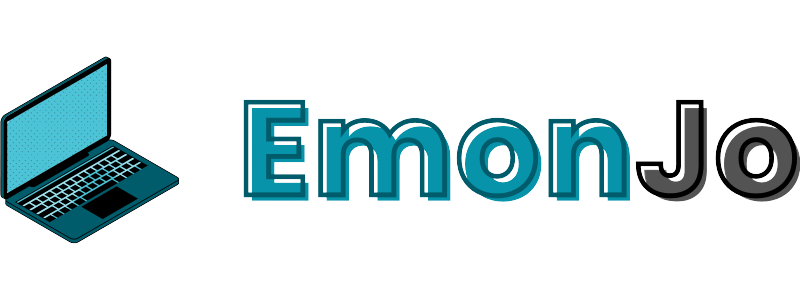Nowadays, content writing is all about providing solutions to the reader in a way that’s quick, easy, and engaging.
When you’re writing for a specific audience, you want to use certain words and phrases that resonate with them well.
For example, if you’re writing a how-to guide for beginner skateboarders, you’ll want to have content that both addresses skateboarders, and more specifically, helps people who are new to it. That means you’ll likely use phrases like:
- If you’re new
- If you’re just starting out
- When you want to start learning
- A great way to improve
- One of the quickest ways to learn
- Etc.
Quality writing is the basis of all worthwhile content. Someone can have truly helpful material, but if their message isn’t articulated in a way that’s easily digestible, people are quick to look elsewhere.
In today’s world, good writing is nearly always accompanied by solutions like products, courses, or other sources that people should check out. These tools not only add value to the reader but also amplify the messages within the content.
Additionally, the structure of this content greatly impacts how readers interact with a page.
Good structure, with proper spacing, headings, pictures, and pitches, will reel in a reader and make them want to take some form of action after reading your article.
Bad structure will make them look elsewhere for something that will better motivate them.
This process of organizing your content in a way that engages the reader, provides value, and ultimately gets them to want to know more about what you’re offering or proposing is known as search engine optimization, or, SEO.
SEO
SEO is what content developers do to make sure their content ranks highly on Google and other search engines.
When it comes to writing, SEO primarily involves your title, headings, pictures, spacing, descriptive text, and of course, keywords.
Titles
The first thing the reader sees and what everything included in the content is all about
- Needs to be catchy
- Grab attention by using predictable methods
- How to ___
- 5 Ways you can
- Why your cat____
Headings
The titles of different sections of your content that break it down into separate parts
- Need to layout the information to come
- Should give the readers breaks and pauses in the content digestion
- Have different sizes between the main points and subpoints
- H2 and H3
Pictures
Photos are used to add relevancy and keep users engaged with your content
- Should add meaning to the text
- Should have a description written for each one to boost SEO
- Should have alt text for each one to boost SEO
Spacing
Well-spaced content makes viewing and reading the material pleasurable and easy.
- You’ll want to follow a consistent pattern of spaces in between separate paragraphs and use easy-to-read writing as often as possible.
- Paragraphs should be 1-4 sentences. This can change if the flow of the paragraph sounds better with more sentences.
- Think of paragraphs as one complete thought with each following paragraph expanding on the previous one or introducing a thought relevant to the overarching header of that section.
- Or, as text that will introduce an upcoming section.
- Paragraphs should be 1-4 sentences. This can change if the flow of the paragraph sounds better with more sentences.
Descriptive Text
The actual content that you write that provides value to the reader.
- Should be engaging
- Should flow like a conversation
- Easy-to-read but still insightful
- Should contain audience-specific and niche-specific words, phrasing, and tone of voice.
- For example, if you’re writing an article about the best skateboard helmets for kids, then your audience would be:
- Adults with kids
- This means you’ll want to write as if you understand what a parent’s problems are and how they can solve them through the solutions you’ll soon show them in your writing.
- Adults with kids
- In this example, your niche would be skateboarding while you’re taking a closer look at helmets, something obviously often associated with skating.
- You’ll likely use words commonly associated with skateboarding, like “shredding” and “tricks; as well as words commonly associated with helmets, like “safety” and “protection.”
- This then tells Google that your content provides value to a specific group of people, making it more likely that searchers will find and click on your content because it contains the actual words and solutions that they’re looking for.
- You’ll likely use words commonly associated with skateboarding, like “shredding” and “tricks; as well as words commonly associated with helmets, like “safety” and “protection.”
- For example, if you’re writing an article about the best skateboard helmets for kids, then your audience would be:
Keywords
The bread and butter of SEO.
- Different niches compete for a select amount of keywords.
- As the seasons change, industries change, and society changes, people search for things at different rates. This affects which keywords we search for when looking for solutions and products.
- Finding which one’s to use in your content means standing out of the crowd.
- Keywords should match search intent.
- Basically, give the reader what they want in the simplest, yet most informative way possible.
- Use words that help people:
- Find a solution to their problem
- Find a product
- Find another source
Now that we’ve discussed the basics of content writing and SEO, let’s take a look at an example article and see how it incorporates the principles from these two aspects into its structure.
Article: https://skatenewswire.com/beginners-tips-for-skating-at-a-skatepark/
See if the article meets the requirements below.
Copy and paste this ✅ button or this ⛔ button into your answers for each section.
|
Yes |
No |
A catchy or predictable title that explains what the content is all about? |
|
Headings that help digest the material more easily? | ||
|
Pictures that help explain the content or provide relevance to the reader? | ||
|
Consistent spacing between paragraphs with most paragraphs being 1-4 sentences long? | ||
|
Descriptive text that provides solutions, products, or sources to the reader? | ||
|
Keywords that clearly target a specific group of people? |
Wrapping Up
So content writing and SEO pretty much go hand-and-hand with each other. As you saw in the example and have likely seen on other articles or YouTube videos, the best content follows a predictable structure that usually looks like this:
- Title (Title size font/style)
- Picture (Main photo)
- Byline (who wrote the article)
- Brief and catchy intro
- First heading (H2 font)
- Paragraph(s)
- Subheading (H3 font)
- Paragraph(s)
- More headings, subheadings, and paragraphs
- Pictures and products in between content
- Conclusion (H2 Font)
A couple of notes:
- Always write headings in H2
- Subheading in H3
- Just title your conclusion something like
- Conclusion
- In closing
- Final thoughts
- Verdict
- My answer
- Be clever when adding pictures
- Make them relevant or funny
- Use them to re-engage the reader
- Add products gracefully
- Insert them in areas where you’re already talking about solutions
- Use tables to help readers easily distinguish between different products and features





